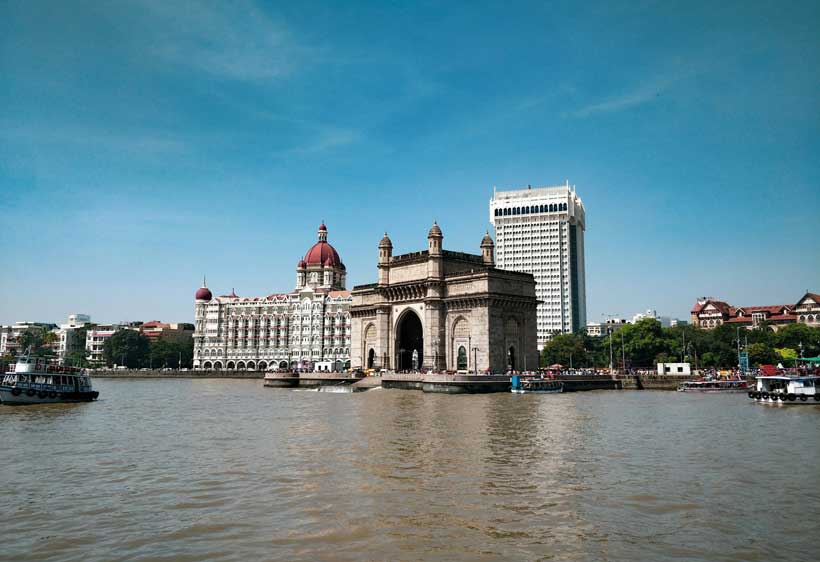Indeed, building the necessary infrastructure will be key for creating livable, climate-resilient, and inclusive cities that drive the economy forward.
Since nearly 70 percent of the urban infrastructure needed by 2047 is yet to be built, sizeable investments will be required. By 2036, India will need to invest $840 billion in infrastructure – an average of $55 billion or 1.2 percent of GDP per annum. However, estimates suggest that between 2011 and 2018, the country’s total capital expenditure on urban infrastructure averaged only 0.6 percent of GDP, half the required quantum of investment.
Clearly, private financing will need to play a significant role. Yet, while more than 160 Indian cities have been classified as investment grade, reliance on government funding remains high. Central and state governments finance 72 percent of urban infrastructure, with commercial financing providing a meagre 5 percent. Recognizing these challenges, the government has taken measures to enable commercial financing, but its use remains extremely limited, even in financially strong cities. To tap into private capital, urban local bodies (ULB) will need to comprehensively build their capacity and focus on executing bankable projects. It will also be important for the country to develop the municipal bond market and introduce innovative financing structures.
To increase the productive potential of citizens, cities will also need to invest in public services to improve their quality of life. Building human capital by improving access to health care and upgrading skills – with the private sector playing an important role – is a critical component of India’s urban transformation agenda.
Providing efficient public transportation is another factor that adds to people’s productive potential. Chennai, for instance, is addressing institutional fragmentation in the transportation sector by taking a holistic approach and establishing a nodal body to oversee, coordinate, and monitor traffic and transportation in the city.
Ensuring that transportation is safe and accessible for women can also help bring more women into the work force, a key opportunity for development. World Bank calculations suggest that over the next 10 years, India can probably add 1.2 percentage points per year to potential growth if female labor force participation gradually increases from the current 31.6 percent to more than 50 percent.
Given that India is a water-stressed country, creating the infrastructure needed for water security is just as imperative. Surat, for instance, has become one of the first Indian cities to recycle wastewater at scale. And Dharampuri – a small town in Madhya Pradesh – has become water surplus by developing an integrated approach to water supply, linking every household to the sewerage system, and recycling wastewater. Other cities too can learn from their example.
The World Bank stands ready to work with the Government of India, urban local bodies and citizens to fulfil their vision of livable cities for all.
This Opinion piece first appeared in The Economic Times, source: World Bank
